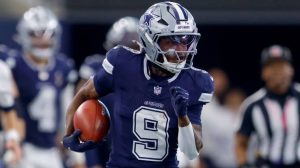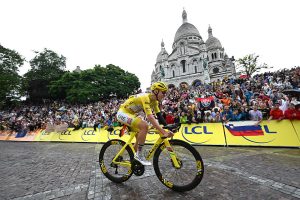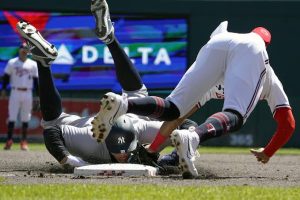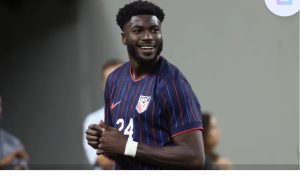
Chicago Bulls must do their due diligence trading for injury – Plagued big man.
The Chicago Bulls find themselves in a precarious situation as they consider trading for a big man with a history of injuries. While the temptation to bolster their frontcourt may be strong, due diligence is crucial in making this move. The team must carefully assess the potential rewards and risks before pulling the trigger on any trade.
First and foremost, the Bulls must evaluate the player’s injury history. How severe have these injuries been, and what is the likelihood that they’ll impact the player’s performance moving forward? A medical evaluation, preferably by an independent doctor, should be part of the process. If the player has suffered recurring injuries or major setbacks, it may raise red flags, especially if these injuries are to key areas like the knees, back, or ankles—regions that are crucial for a big man’s ability to perform at a high level. Long-term durability is just as important as short-term upside.
Additionally, the Bulls should weigh the financial implications of acquiring such a player. If the injury-prone big man is on a substantial contract, the Bulls must consider whether the financial investment is worth the risk. Injuries often lead to missed games, and if the player is unable to live up to their full potential, the team could be left with significant cap space tied up in a non-contributor. Moreover, the Bulls must factor in whether they have the necessary medical infrastructure to properly rehabilitate and manage the player’s injuries. Teams with robust medical and conditioning programs often have an advantage in managing injury-prone players.
The trade itself would also need to be evaluated from a team-building perspective. Does this player fill a gap in the Bulls’ current roster? Are they a good fit for the team’s long-term goals? While the potential of adding a talented big man might seem appealing, the team must ensure that they aren’t sacrificing future flexibility or disrupting the chemistry of the current roster. Chemistry and health need to be aligned to maximize a player’s impact, particularly with a franchise that has struggled to achieve sustained success in recent years.
Beyond the medical and financial considerations, the Bulls must also be aware of the psychological toll injuries can take on a player. A big man coming into a new environment after dealing with multiple injuries could struggle with confidence and trust in their body. If the player is constantly rehabbing or sitting out games, it can have a negative impact on team morale and fan expectations. The coaching staff and front office must be prepared for this reality and work closely with the player to ensure they’re in the best mental and physical condition.
Another key aspect of the trade decision is the role the big man will play. Does the player offer a specific skill set that the Bulls lack? Are they a strong defender, rebounder, or scorer in the paint? If the big man can contribute in ways that elevate the team’s performance when healthy, then the potential reward could outweigh the risk. However, if the player is simply a depth piece with injury concerns, the Bulls would be wise to explore other options that may provide more stability.
In terms of trade packages, the Bulls need to consider the opportunity cost. Would they be better off using their assets to pursue a different player—one with fewer injury concerns—or do they have the resources to take on the risk of a high-reward big man? If the player can be acquired for a reasonable price and doesn’t require parting with key assets or future picks, the trade may be more palatable. On the other hand, if the trade involves giving up significant capital, the Bulls must be cautious and ensure they aren’t overextending themselves for a player who might not be able to contribute consistently.
Ultimately, the Bulls’ front office has to approach this decision with both caution and foresight. Trading for an injury-prone big man could be a gamble that pays off if the player can stay healthy and provide immediate impact, but the team must protect itself against the possibility that the player’s injuries will linger or worsen over time. It’s imperative for the Bulls to make this decision with a comprehensive understanding of both the short-term and long-term consequences, ensuring they don’t sacrifice their future for a potentially fleeting reward.
In conclusion, while trading for an injury-plagued big man could provide the Chicago Bulls with the kind of interior presence they need, it’s not a decision to be taken lightly. The team must conduct thorough research, including medical evaluations, financial considerations, and roster fit. By doing so, they can make an informed decision that balances the risk and reward, with the ultimate goal of strengthening the team for both the present and future.






